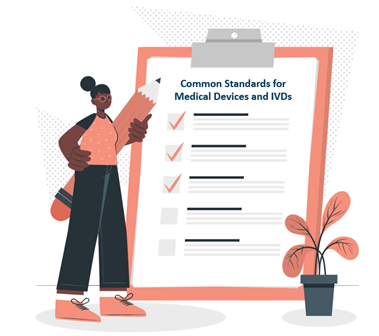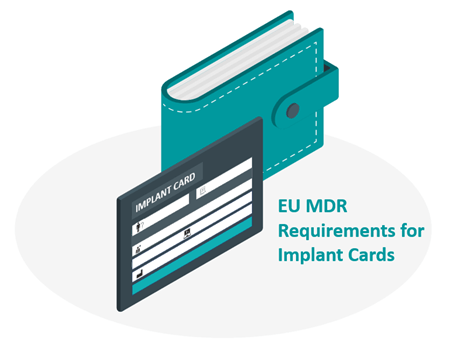EU MDR Readiness FAQ
What steps should be taken to prepare for compliance with EU MDR
How do you formulate a project plan?
How do you review Technical Documentation structure for EU MDR or IVDR?
We have the answers to these questions and more…
EU MDR Readiness FAQ Read More »










